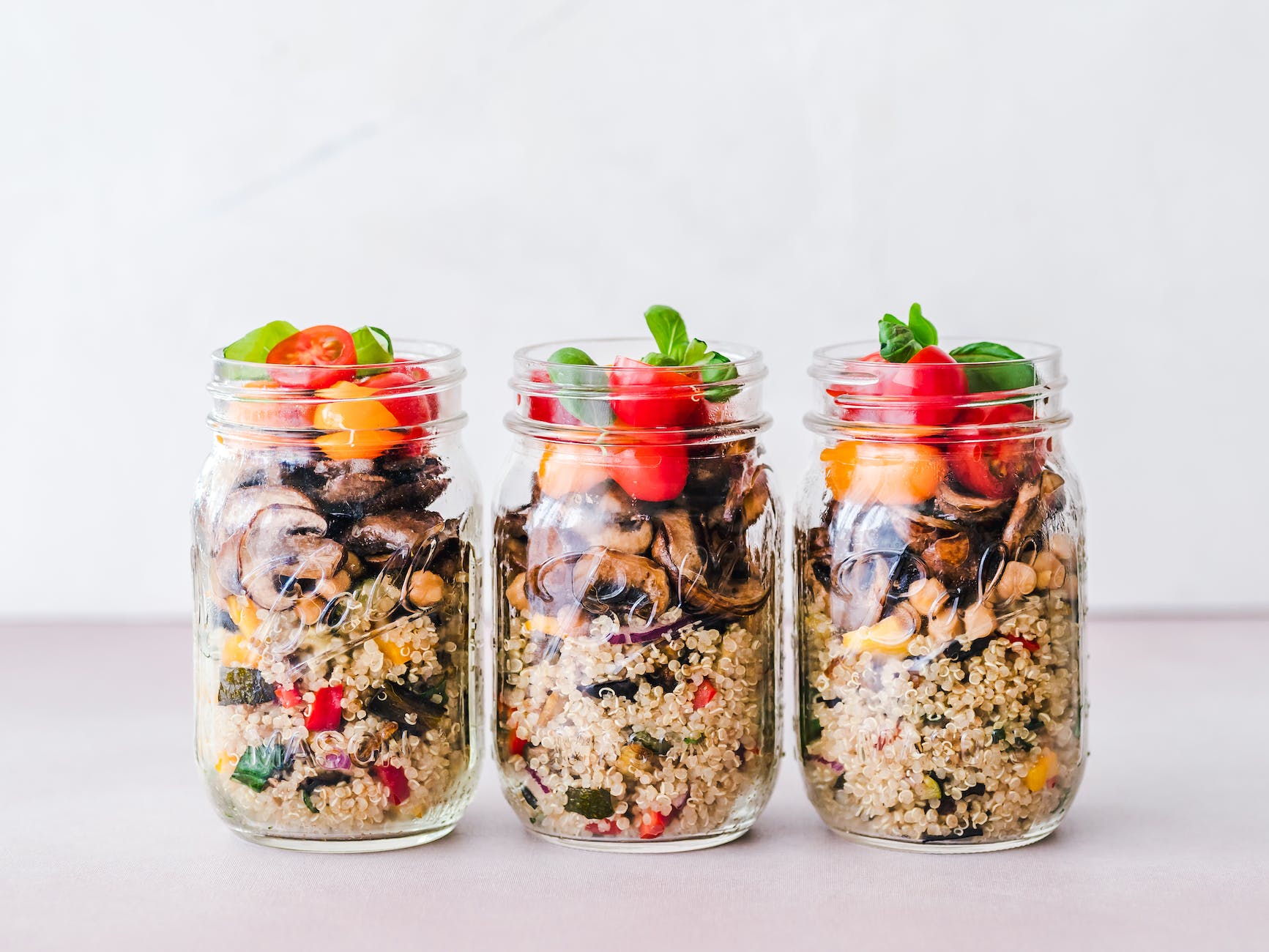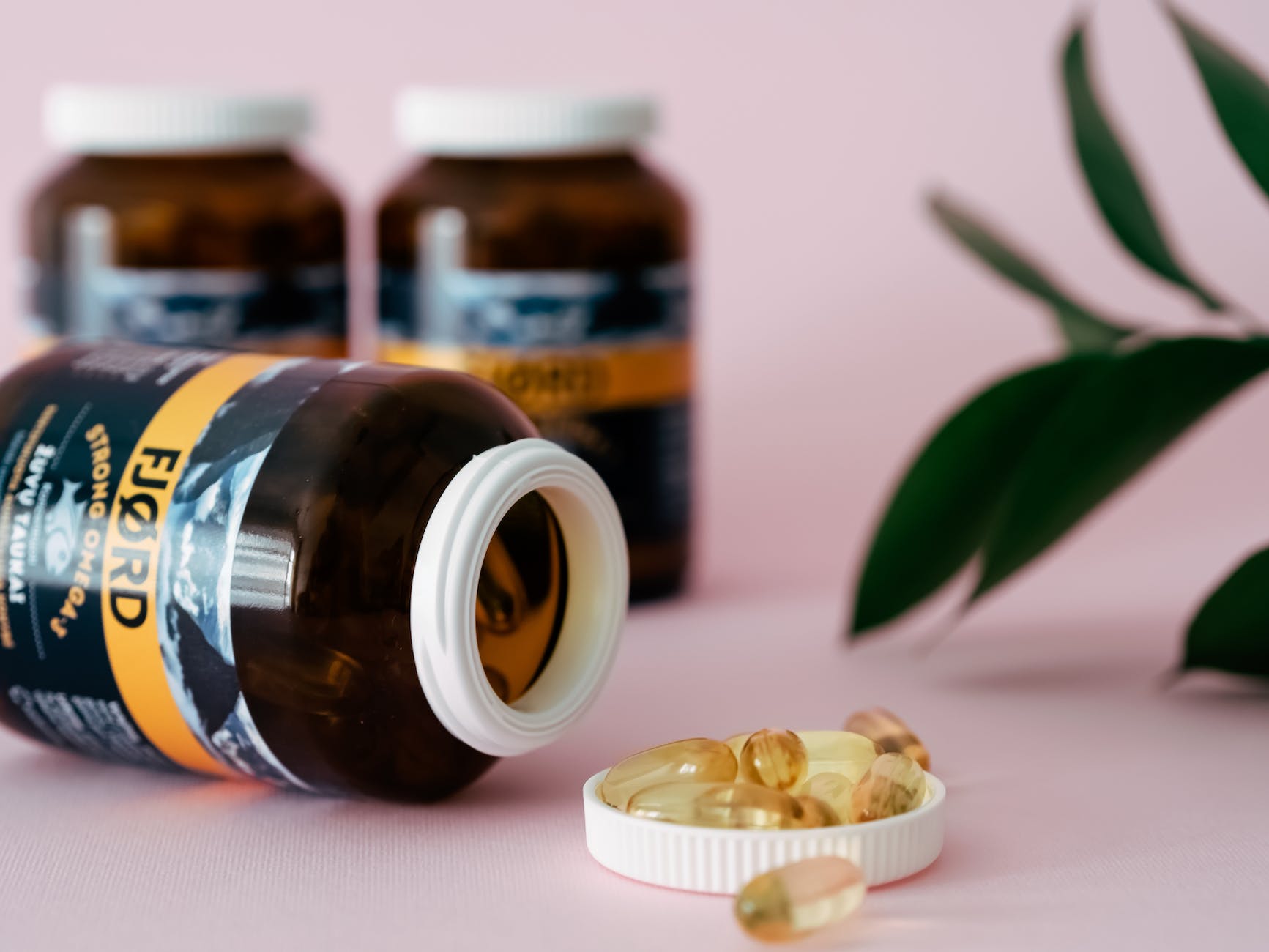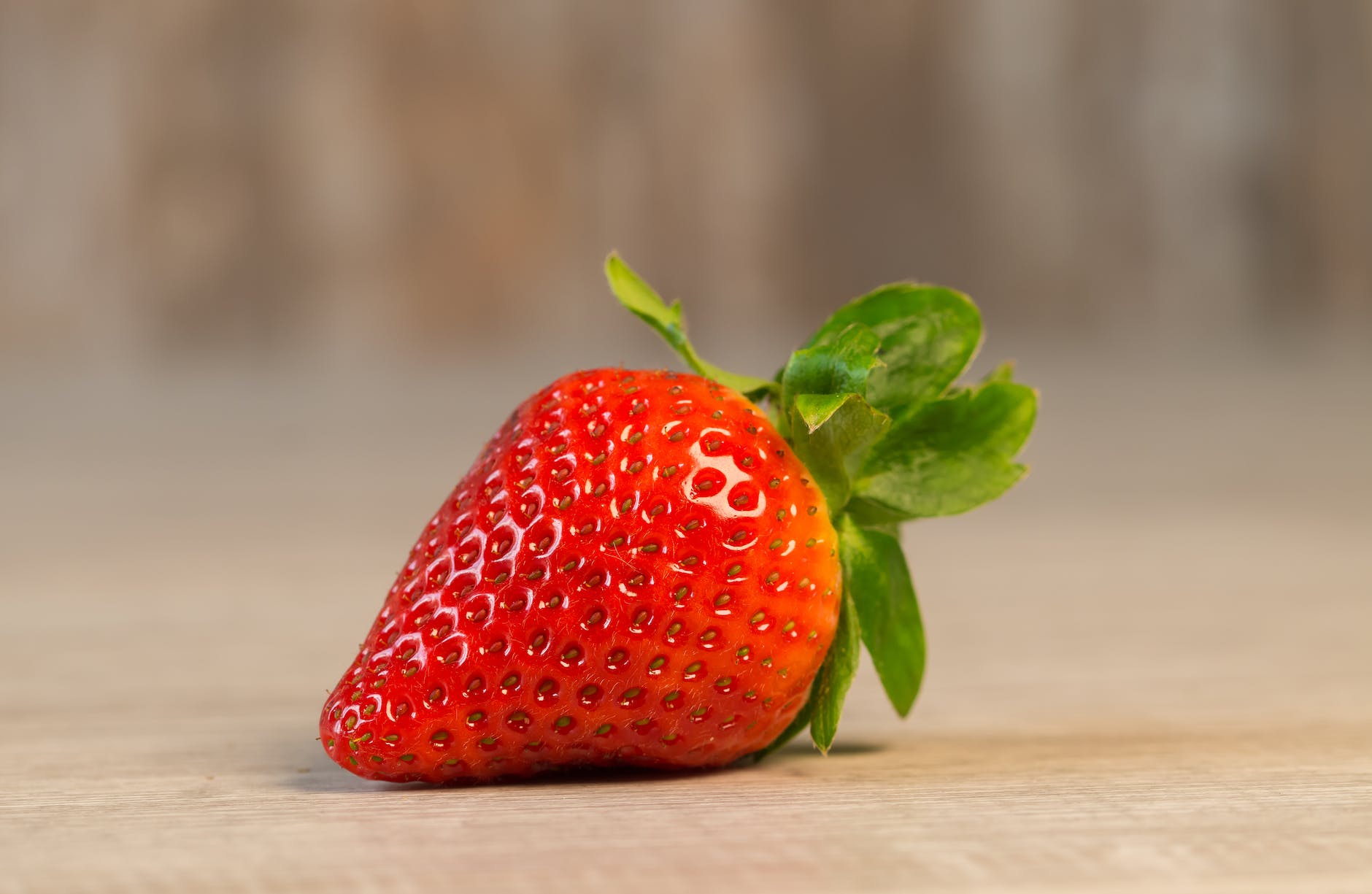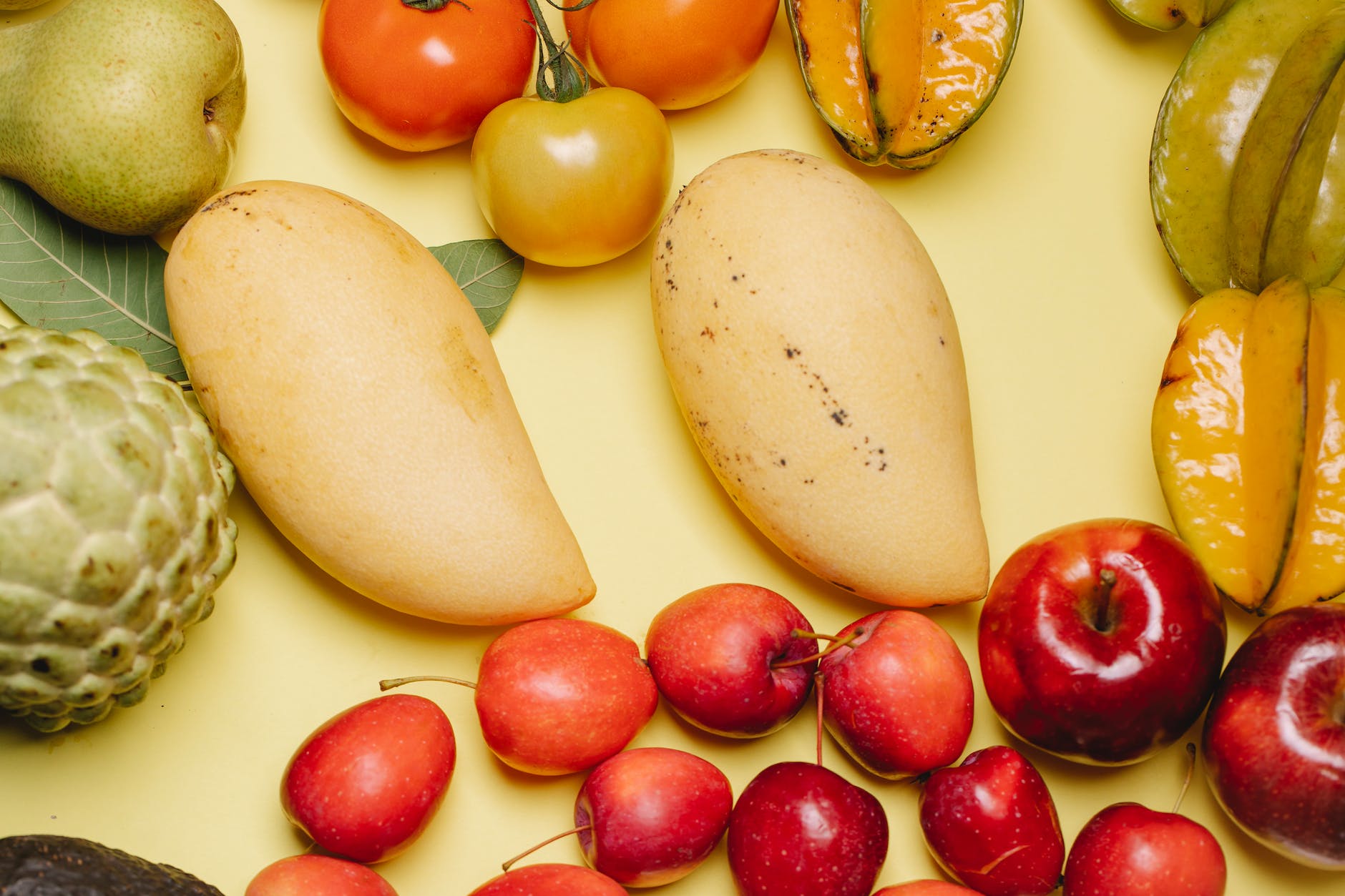
Ever found yourself standing in front of an open fridge at the end of a long day, only to realize your dinner options extend as far as ordering a pizza or eating cheese straight from the packet? We’ve all been there. But what if I told you there’s a way to avoid these culinary crises? Enter the world of meal prep, the secret weapon of savvy folks who like their meals like they like their future – well-planned and under control.
Understanding Meal Prep
Meal prep, or as I like to call it, “Cooking for the Chronically Disorganized”, is all about planning and preparing your meals ahead of time. It’s the art of turning a mountain of random ingredients into a week’s worth of delicious, healthy meals. And the best part? You can wave goodbye to those panic-induced pizza orders.
Now, if you’re imagining a kitchen filled with identical Tupperware containers housing plain chicken, rice, and broccoli, think again. Today’s meal prep can fit any dietary preference. Vegan? Gluten-free? Obsessed with protein? There’s a meal prep plan out there with your name on it. And the benefits are as plentiful as the leftovers you’ll be enjoying: save time, reduce stress, cut down on food waste, and perhaps even resist the siren call of impulse take-out orders.
How to Start with Meal Prep
Okay, let’s get down to business. Starting with meal prep might seem about as appealing as organizing your sock drawer, but stick with me. Here’s your fool-proof guide to becoming a meal prep master:
- Plan Your Meals: This is where your inner control freak can shine. Plan out your meals for the week, breakfast, lunch, dinner, and snacks. Got a busy Wednesday? Plan a meal that’s quicker to reheat than it is to decide what to watch on Netflix.
- Make a Shopping List: Once you’ve got your plan, you’ll need supplies. Make a list of everything you need. Be specific with quantities, because “a bunch of carrots” might seem clear at the time, but trust me, under the harsh fluorescent lights of the supermarket, all certainty goes out the window.
- Set Aside Time to Prep: Choose a day when you have a few spare hours. For most people, this is Sunday, but if Tuesday is your jam, then you do you. Remember, you’re not ‘losing’ a couple of hours here; you’re investing them in the future you (who, let me tell you, really appreciates not having to cook after a long day).
Choosing the Right Ingredients
Now we’re onto the fun part, the shopping. Or as I like to call it, “The Supermarket Sweep: Meal Prep Edition”. And the star of our show? Fresh and local produce.
In the age of international shipping and year-round strawberries, it’s easy to forget that fruits and veggies have seasons. But embracing the cycle of nature isn’t just for the birds and the bees; it can be for busy meal-preppers too. Local produce is often fresher, and tastier, and it supports your local economy (and let’s be honest, Mr. McGregor’s farm could use a little love).
So how do you pick the best produce? Well, forget everything you’ve heard about thumping melons and sniffing pineapples. The secret to choosing fresh produce is to buy what’s in season. And no, pumpkin spice lattes don’t count as a seasonal vegetable.
Portion Control in Meal Prep
We’ve all been there. Eyes bigger than our stomachs, loading up a plate with more food than we could possibly eat. But here in meal prep land, we’ve got a solution for that too: portion control.
Imagine this: You’re at a buffet. But instead of a chaotic free-for-all of mystery meats and questionable casseroles, it’s a buffet filled with all your favorite healthy foods. And the best part? You get to decide how much goes on your plate. That’s portion control in a nutshell. It’s about balancing your meals so that you’re getting just the right amount of nutrients without overdoing it.
Still not sure how to get it right? Think of your meal as a piece of art. Half of your canvas should be filled with vibrant colors from fruits and veggies. A quarter is for high-quality proteins that flex their muscles and keep you feeling full. The remaining quarter is for whole grains or starchy veggies, providing the energy you need to power through the day. And there you have it, a masterpiece of balanced nutrition, ready to be replicated in your meal prep containers.
In our next section, we’ll dive into the world of superfoods and proteins, where we’ll learn how to turn everyday meals into nutritional powerhouses.
Incorporating Superfoods and Proteins
Next on our meal prep adventure, we’re going on a safari through the land of superfoods and proteins. Buckle up!
Superfoods might sound like something out of a comic book, but they’re actually real, and they’re spectacular. These are foods that are jam-packed with nutrients, like avocados, blueberries, quinoa, and spinach (sorry, spinach – being a superfood still doesn’t make you taste like ice cream).
But how do you incorporate these nutritional powerhouses into your meal prep? Simple. Start by sprinkling them into your meals like you’re adding glitter to a kindergarten art project. Blueberries in your morning oatmeal, spinach in your lunchtime salad, quinoa in your evening stir-fry. Boom! You’re now dining with the superheroes of the food world.
And let’s not forget about protein. This macronutrient is like the building block of your body – it helps repair tissues, build muscles and make enzymes and hormones. Whether you’re an avid gym-goer or a couch potato, protein is crucial. And lucky for you, there’s a plethora of protein options to choose from. Chicken, fish, eggs, tofu, lentils… the list goes on.
Vegan Meal Prep
If you thought meal prepping was a challenge, try doing it while avoiding all animal products. But fear not, my plant-loving friends, vegan meal prep is not only doable, it’s downright delicious.
Veganism is more than a diet; it’s a lifestyle choice that prioritizes compassion for all living beings. And before you ask, yes, it’s absolutely possible to get enough protein on a vegan diet. Lentils, chickpeas, quinoa, tofu, and tempeh are all protein-packed vegan options. And they’re just waiting to be featured in your next meal prep session.
From hearty lentil stews to vibrant tofu stir-fries, the world of vegan meal prep is ripe with possibilities. And remember, every vegan meal is a step towards a more compassionate world.
In our next section, we’ll wrap up our meal prep journey, and I promise, there will be no pop quiz at the end.
Conclusion
If you’ve made it this far, congratulations! You’re now equipped with the knowledge to tackle meal prep like a pro. Sure, it might seem a bit overwhelming at first, but remember, even the greatest chefs started by burning toast. With practice and patience, you’ll soon be creating meals that not only satisfy your taste buds but also align with your health goals.
So, the next time you find yourself staring into the fridge abyss, remember that future you would really appreciate a prepped meal ready to go. And hey, every time you choose to meal prep, somewhere a pizza delivery guy gets a well-deserved break.
Call to Action
Did you find this guide helpful? Or did it at least make you chuckle? If so, share the love (and the laughs) by sharing this post with your friends, family, or anyone you know who might need a little nudge toward healthier eating habits.
Got any meal prep tips or recipe favorites? Don’t be shy, share them in the comments section below. We’re all in this meal prep journey together, after all.
And remember, in the wise words of Julia Child, “The only real stumbling block is fear of failure. In cooking, you’ve got to have a what-the-hell attitude.”













